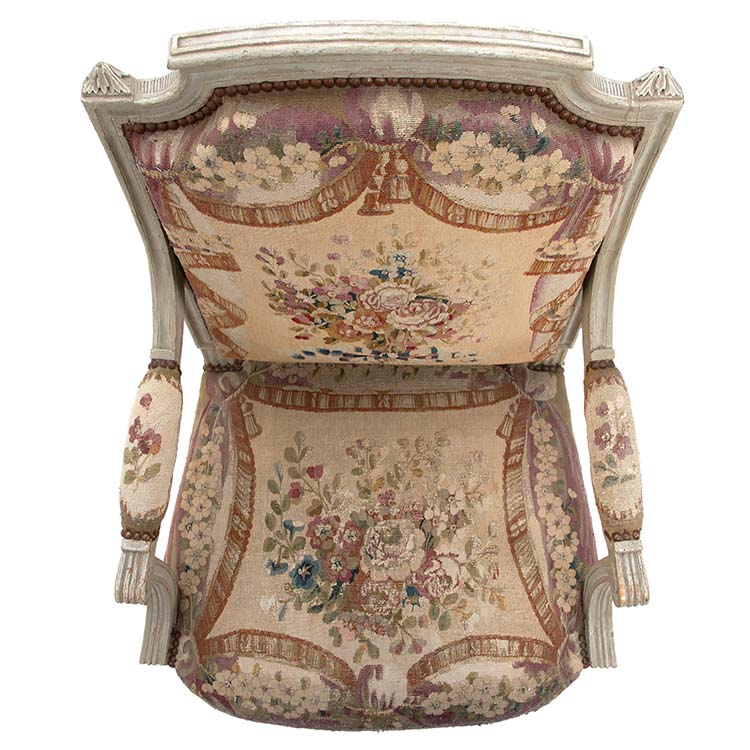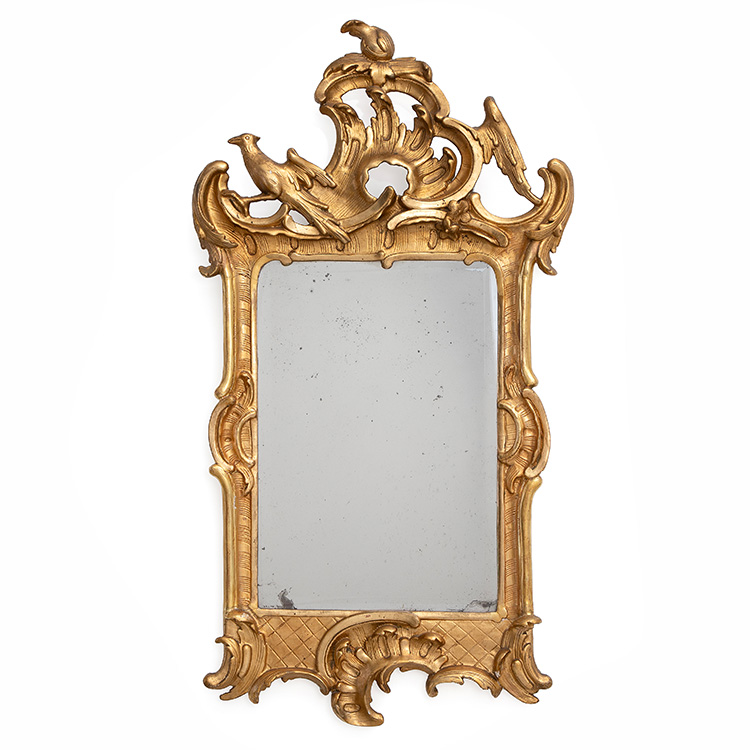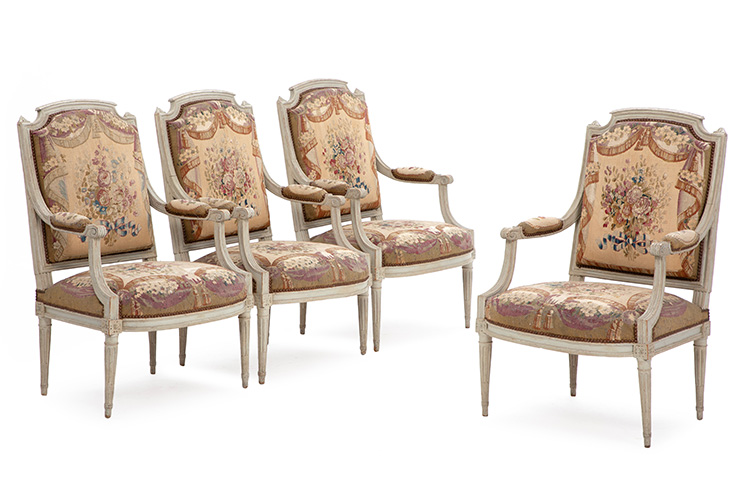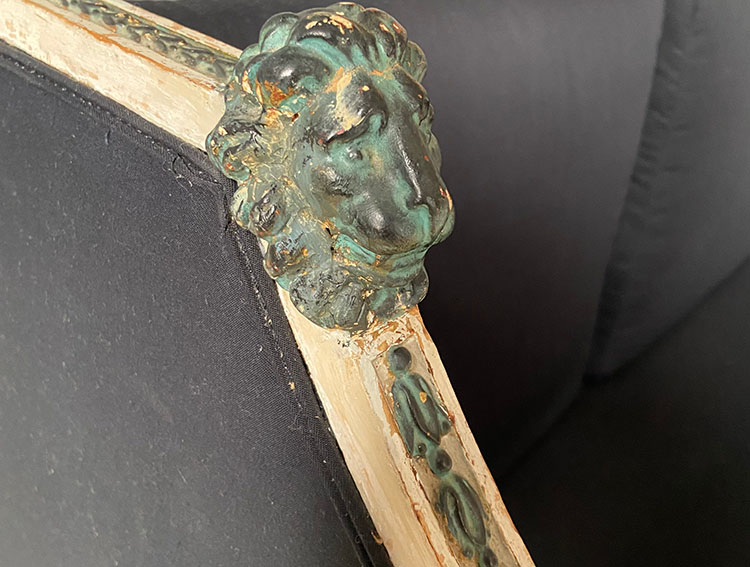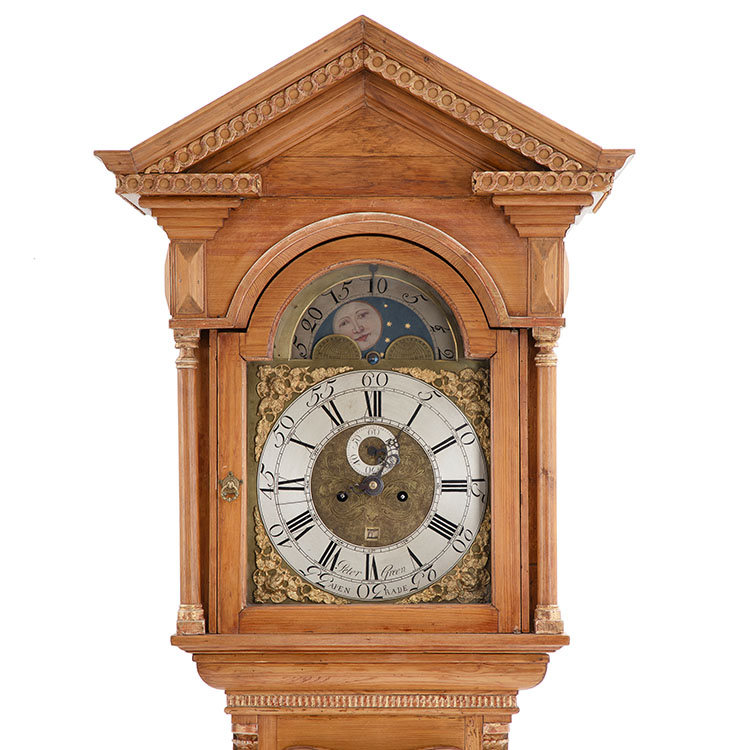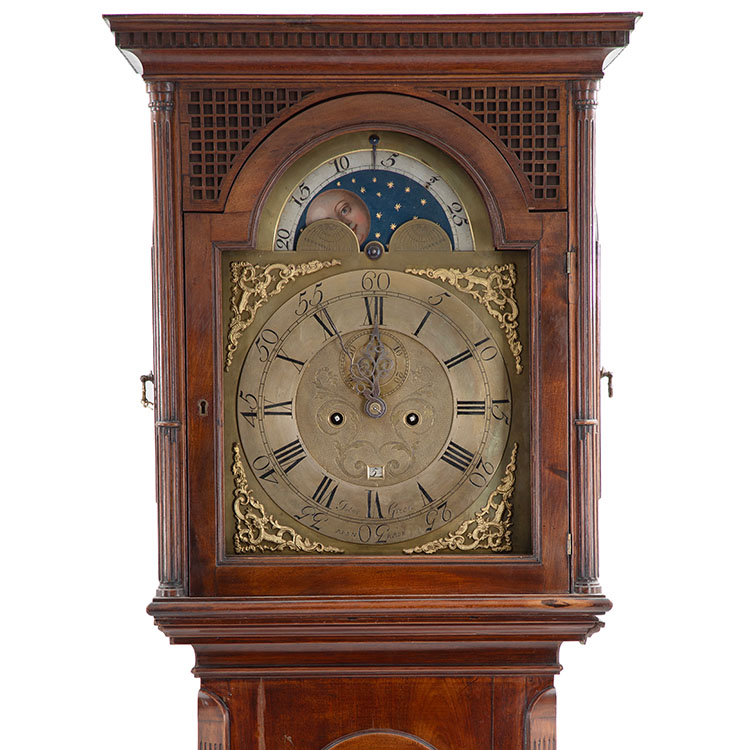From the Century of Erotic Sweetness and Frivolous Elegance
At our upcoming “Selected” Online Auction on 18 December, you’ll find furniture from this bygone era. A time and a society about which a famous bon viveur exclaimed: “No one who has not tried to live in the time before the Great Revolution knows what it is to really live.” And now the style of the era can be yours. We have Rococo curves, carved fluting, gilded furniture and royal style for you to bid on.
Few European courts can compete with the splendour, artistic creations and luxury of the French court of the time before the French Revolution. Surrounded by “savoir vivre”, the exquisite artistic creations of the time were also very much the epitome of craftsmanship and tasteful “savoir faire”. At December’s Online Auction, which features prestige furniture and high-end furnishings, there are several pieces from the 18th century that still manage to fascinate with their high artistic quality and masterful execution.
The Curved Lines of the Rococo
With its curved lines, joy of nature and penchant for the slightly erotic, the Rococo was a breath of fresh air that did away with the pomp and heavy ornamentation of the Baroque in favour of lightness. The style period also heralded a break with the traditional way of living. The focus shifted to privacy, while flowers, light colours, a play with materials and greater knowledge brought light and health into the home. We rediscover the playfulness and finesse of the time in a Swedish Rococo walnut chest of drawers with fruitwood marquetry and gilt bronze fittings, and in a Rococo mirror with a giltwood frame, with a carved Phoenix and openwork rocailles, both from the mid-18th century. The chest of drawers with its various veneered woods and curved fittings is estimated at DKK 10,000–15,000, and the mirror.
|
|
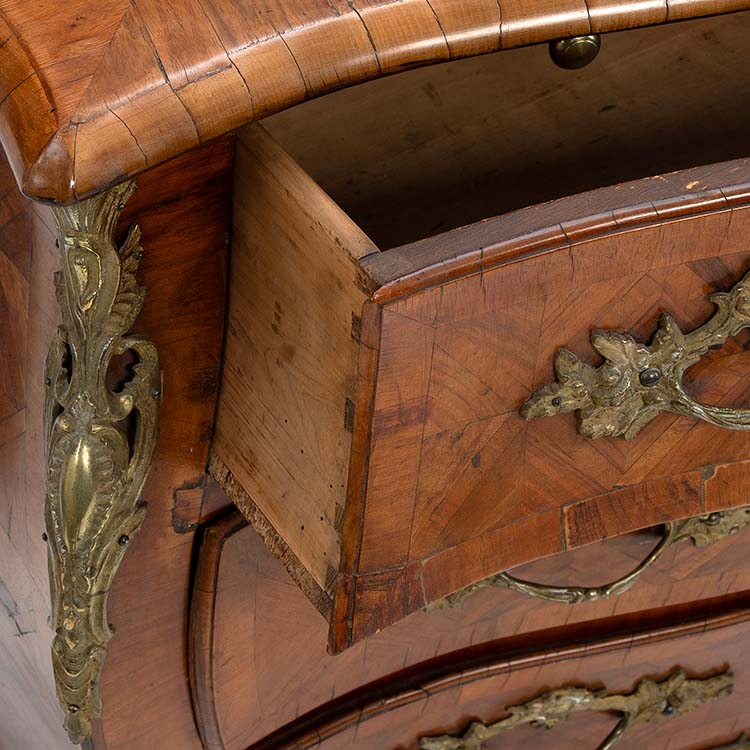
|
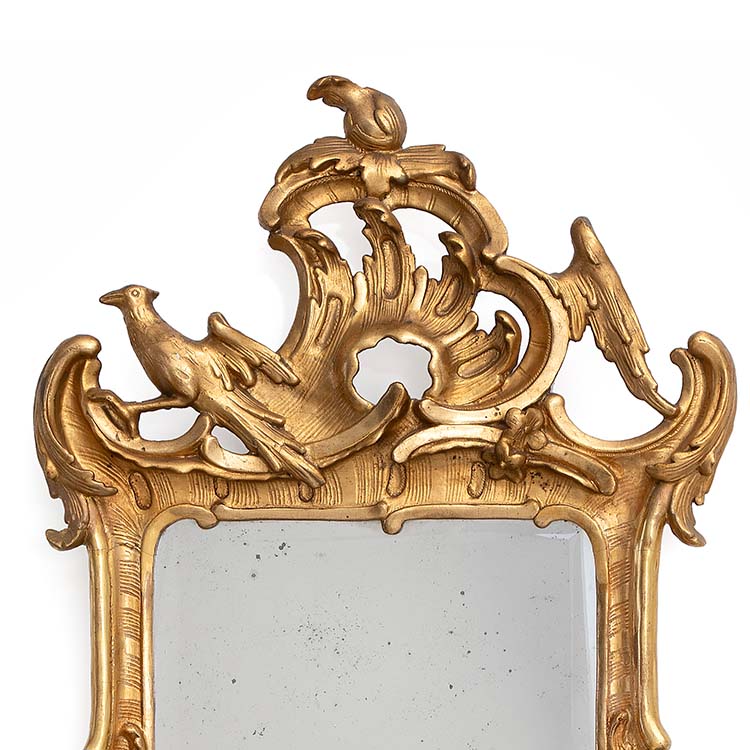
|
|
|
Beauvais and Elegance
The Louis Seize style period – named after the French king – which followed the Rococo, veered away from the curves, the frivolous and the erotic playfulness. Those who had tasted the joys of privacy wanted the same for their children. The style reveals a penchant for the exotic, a return to the classical lines of the Baroque from ancient Rome, while an increased range of luxury goods, technical possibilities and an unusually high level of artistic creativity characterised by luxury brought a hitherto rare intimacy to the private spheres of the salons.
In the transition from Rococo to Louis XVI, we find a set of four French armchairs in painted wood at the upcoming auction, all with backs, armrests and curved seats upholstered in Beauvais tapestry. The chairs have carved fluting and rosettes and the characteristic tapered legs of the late 18th century. The Beauvais Manufactory was founded in 1664, but it was not until the mid-18th century that it had its heyday, when Jean Baptiste Oudry, who painted naturalistic still lifes, hunting scenes and scenes of gallantry, became director. He was especially well known for his paintings of the French king’s dogs. Oudry was succeeded by the Rococo master of erotic sweetness and frivolous elegance François Boucher under whom the masterly creations of the Beauvais Manufactory spread to the rest of Europe. By the end of the century, they had specialised in weavings for chair seats, which were less time-consuming and could be shipped anywhere. As for the four chairs, estimated at DKK 30,000, the exclusivity of the Beauvais upholstery – coupled with their elegant, classic shape – is highly unusual and highly sought after.
|
|
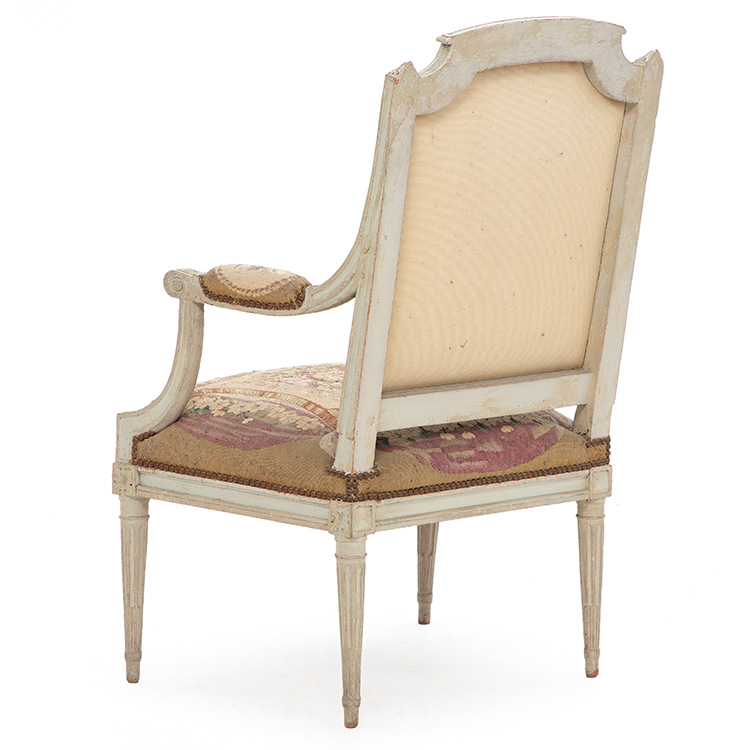
|
Pompeii, Sweden and Aabenraa
The inspiration from ancient Rome was the primary characteristic of the Louis XVI style. The artists of the day were deeply inspired by the first excavations of Pompeii on the Bay of Naples in 1748. For them, they represented unimagined possibilities and subjects, which were immediately transferred to interiors, furniture and art. The classic motifs taken from here included everything from pillars and goddesses to colours and mythical creatures. The French style spread throughout Europe and had an offshoot in Sweden, named after the Swedish king, Gustav III, with an expression of its own. We find the mythical creatures of antiquity on a Swedish Late Gustavian sofa of white painted and gilded wood, and side pieces with openwork and gilded griffins and lion heads from the early 19th century. The sofa is estimated at DKK 25,000.
|
|
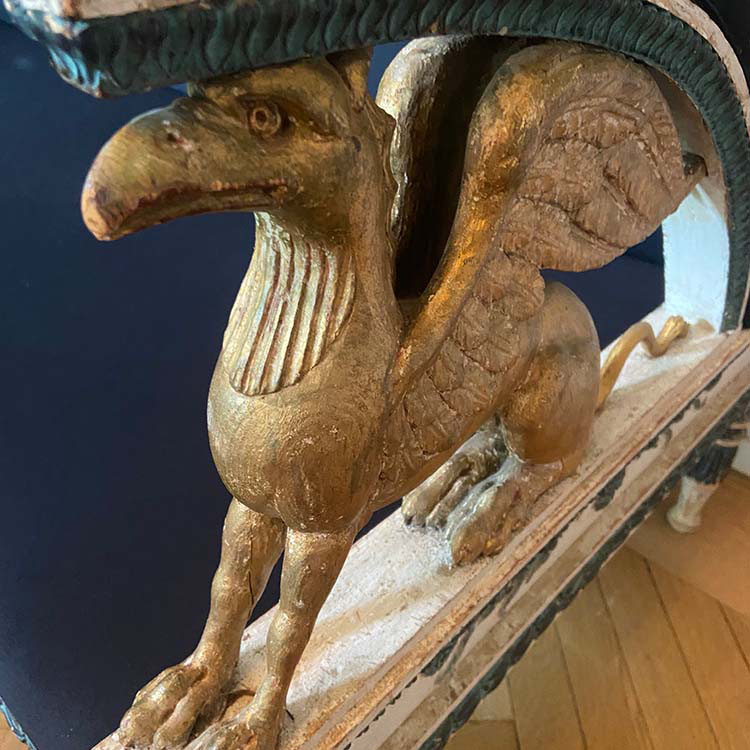
|
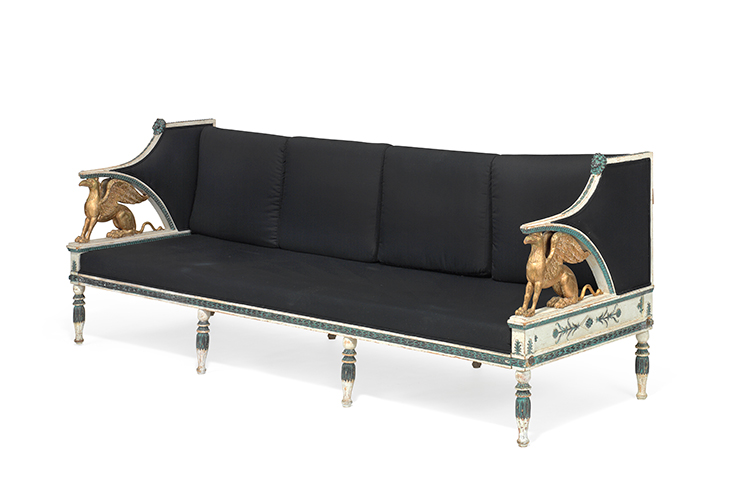
|
The Rococo, the French royal house and the Gustavian era all came to an abrupt end. The auction also features an unusual collection of Southern Jutland longcase clocks made by the master Peter Green from Aabenraa – one of the best Danish clockmakers of the 18th century. Especially unusual is the fact that Peter Green immigrated from Liverpool to Aabenraa with his family back in 1745, where he created a dynasty of clockmakers who would produce the special and desirable longcase clocks for more than 100 years.
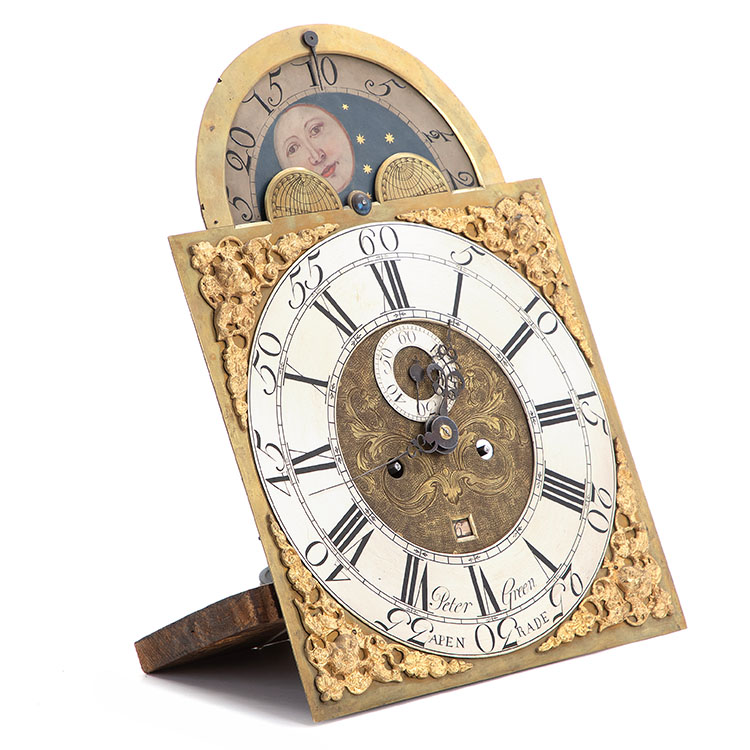
|

For further information, please contact
|
|
Anders FredstedAnders FredstedSpecialist / European Furniture & Rugs / København |
